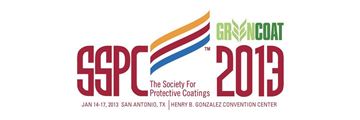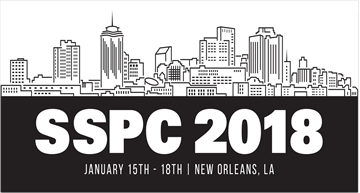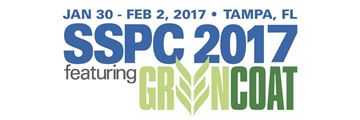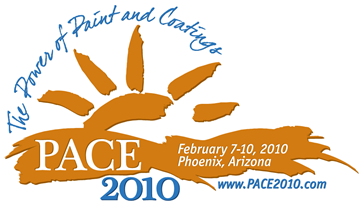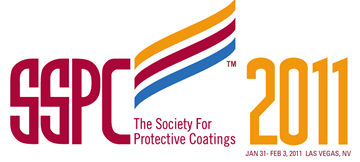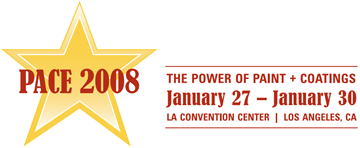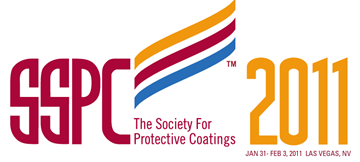Search
Individual Conference Papers
View as
Sort by
Display
per page
Regulatory Update: Current and Emerging Trends in Occupational and Environmental Health
Product Number:
41213-757-SG
Publication Date:
2013
$20.00
Regulatory Update: Current and Emerging Trends in Occupational and Environmental Health
Product Number:
51218-124-SG
Publication Date:
2018
$20.00
Regulatory Update: Current and Emerging Trends in Occupational and Environmental Health
Product Number:
51217-049-SG
Publication Date:
2017
$20.00
Regulatory Update: Current and Emerging Trends in Occupational and Environmental Health
Product Number:
41216-975-SG
Publication Date:
2016
$20.00
Regulatory Update: Current and Emerging Trends in Occupational and Environmental Health
Product Number:
41210-542-SG
Publication Date:
2010
$20.00
Regulatory Update: Current and Emerging Trends in Occupational and Environmental Health
Product Number:
41211-618-SG
Publication Date:
2011
$20.00
Regulatory Update: Current and Emerging Trends in Occupational and Environmental Health
Product Number:
41208-423-SG
Publication Date:
2008
$20.00
Regulatory Update: New and Revised Regulations and Actions Effecting the Coatings Industry
Product Number:
51220-252-SG
Publication Date:
2020
$20.00
Regulatory Update: New and Revised Regulations and Actions Effecting the Coatings Industry
Product Number:
51219-198-SG
Publication Date:
2019
$20.00
Rehabilitation of an Aging Concrete Reservoir Adit Tower
Product Number:
41209-513-SG
Publication Date:
2009
$20.00
Reinforced Concrete Protection Using Thermal Sprayed Coatings
Product Number:
41211-609-SG
Publication Date:
2011
$20.00
Reinforced Thermosetting Resin Pipes (RTRP) Failures & Quality Control Measures Adopted During Construction of The Largest LNGI facility in Kuwait
Product Number:
51323-18799-SG
Publication Date:
2023
$20.00

